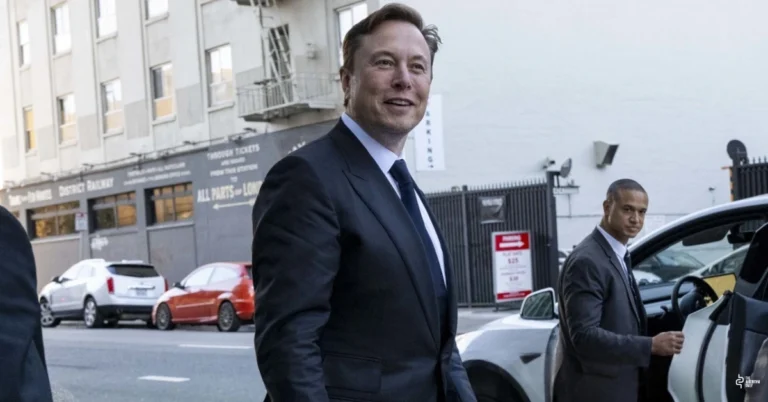In Abilene, Texas, a major AI project is underway, with the construction of one of the world’s largest data centers, codenamed Project Ludicrous, also known as the Stargate Project. The site, spanning 1,000 acres, will be the foundation for a cutting-edge AI infrastructure led by Crusoe Energy, OpenAI, Microsoft, and Oracle. This ambitious venture aims to create the next generation of AI models, ones that could potentially surpass human cognition. The datacenter will act as a “factory of factories,” with the AI systems created here designed to continuously develop new, more advanced models.
By the end of this year, the project will have 100,000 Nvidia GPUs installed in the first two of the planned ten buildings. These buildings, each spanning 500,000 square feet, will consume 100 megawatts of power—enough to supply a city of 100,000 people. The power will primarily come from nearby wind turbines, which often produce more energy than the region can consume. Crusoe is working to take advantage of this surplus to power the data centers, while backup gas turbines will ensure that the facility remains operational in case of power shortages.
Crusoe’s $3.4 billion funding, along with investments from Blue Owl Capital and Primary Digital Infrastructure, will cover the costs of the first phase of the Stargate Project. However, this is just a small part of the broader $500 billion investment promised by key players such as Oracle’s Larry Ellison, Softbank’s Masayoshi Son, and OpenAI’s Sam Altman to secure America’s leadership in AI. Altman expressed excitement about the size and scale of the project, sharing a drone image of the site. The project has also garnered political attention, with former President Trump praising the investment during his speech to Congress.
READ ALSO: This tool calculates the electricity used by your chatbot messages
Despite the bold vision, the decision to choose Crusoe Energy to build the data centers has raised some questions. While the company’s founders, Chase Lochmiller and Cully Cavness, have shown impressive drive, some of Crusoe’s clients have expressed concerns about the reliability of the company’s existing cloud services. The challenge of keeping up with the growing demand for computing power remains uncertain, especially as AI’s need for compute and energy continues to expand rapidly. If successful, however, the Stargate Project could mark a turning point in the development of AI, with implications for the future of the industry and global technological competition.
In the face of these challenges, Crusoe’s ambitious plan to build data centers on such a massive scale reflects a clear commitment to shaping the future of AI. If the project progresses as planned, it could play a significant role in powering the next generation of AI models, positioning the U.S. as a dominant force in the rapidly advancing AI race. However, with concerns about sustainability, reliability, and logistical hurdles, the success of the Stargate Project remains to be seen.




